HISTORY
HISTORY
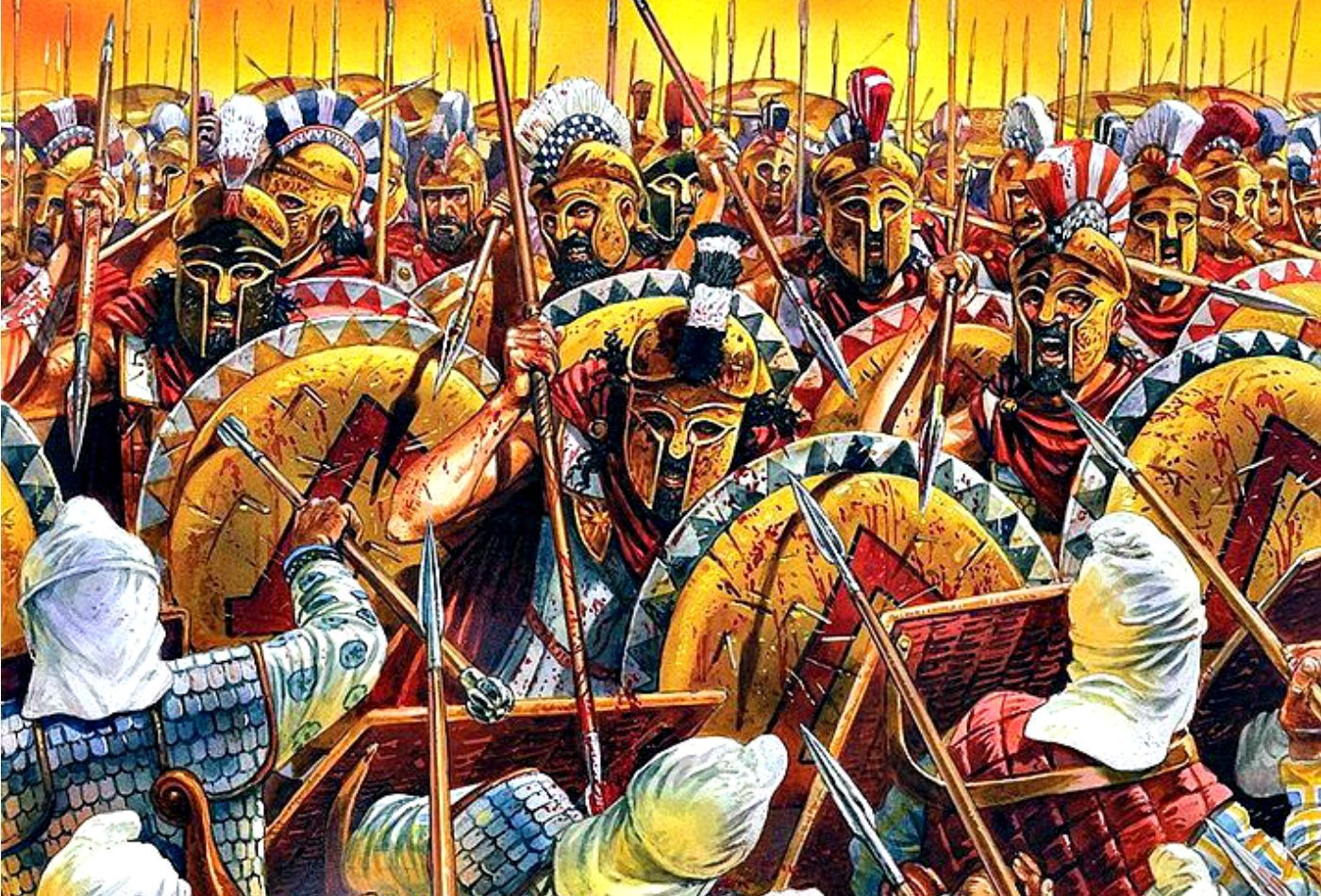
1480 BC – After four years of preparation, the Persian King Xerxes, with a huge military and naval force, sets off from Asia Minor in order to conquer Greece.
Against him will be 7000 Greek fighters, commanded by the King of Sparta, Leonidas and 300 selected Spartan fighters. The mountain morphology of Greece left only one passage leading to Athens and the Greeks were called to take advantage of this strategic advantage.
At the same time, the Greek fleet, led by the Athenians, selects the area near the cape at Artemisio, in northern Evia, to set sail and face the Persian fleet. The goal of the Greek fleet is to close the Gulf of Evia. The Persians would try to encircle King Leonidas and strike the Greek army from the south.
In the Battle of Artemisio, the Greek fleet defeated the Persian, which lost a significant number of ships due to a storm in Magnesia.
The location at which King Leonidas encamped was narrow in diameter and did not allow for the deployment of large infantry divisions, so the Persians lost their only advantage, that of numerical superiority.
On the other hand, the small force of King Leonidas proved to be enough to hold the passage due to the coverage provided by the Greek fleet from the south.
The advantages of the Greek army included the high prudence and the discipline of the Spartans as well as the equipment that was suitable for the occasion.
Navigate on the interactive map by moving the cursor over the points. Click on the sites for more information. The course and the points / stations of the Persian Forces appear in orange, whereas the course and the positions of the Greek Forces appear in blue.
The first attack – During the first phase of the attack, the Spartans pretended to retreat, to lead the Medes (Persian tribe) frontally on a spontaneous counterattack and chase them through the narrow passage.
The Spartans were experienced and trained in this kind of battle and when the men on the front line got tired or injured, they withdrew to be replaced by other men behind them.
With this tactic, the Spartan phalanx was tireless and could repel enemy waves for long periods of time. The alternations of the hoplites took place quickly and in a coordinated manner, but the equipment, such as the helmet, the bronze bell-shaped cuirass, the shield and the spear, made for such occasions, also played an important role.
The first clash lasted all day. The Medes hurriedly attacked the Greeks which resulted in great losses; however, others took their place and did not retreat.
Waves of Persian soldiers followed one another. Many of the attackers fell to the ground and died as their allies trampled over them, while others were flogged or executed by their officers as they tried to escape.
The second attack – Xerxes, decided to send the elite corps of his army, the Immortals, and withdraw the Medes. The Greeks, during the second attack, and having a select army against them, used the same tactics. They pretended to retreat in a disorderly manner and maneuvered, attacking the enemy by surprise. In addition, they had longer spears than the Immortals, whom they struck from a distance as they could not defend themselves.
The Immortals did not achieve anything more than the Median army. And since they could not gain any ground in the straits, with all the attacks they sometimes made in a regular manner or otherwise, they too withdrew.
Third attack – The Persians attacked again in exactly the same way. This time they hoped that the Greeks would be seriously injured, without morale and feeling exhausted from the long battles, and eventually they would fall relatively easily.
Instead, the Persians confronted the Greeks, who were normally lined up, each battalion and each tribe in its line. Each battalion entered the battle in turn, except for the Phocians, who were ordered to take up positions on the mountain to guard the path (Anopaia Atrapos). Once again the attack was fought off by the Spartans, inflicting new losses on the Persian army.
The betrayal – Herodotus names Efialtis as the man who revealed to the Persians the passage that led to the Spartans. It is said that Xerxes was thrilled with the proposal of Efialtis and ordered Hydarnis, the commander of the Immortals, to start the mission before sunset.
In the camp of the Greeks, when it became known that the Persians would surround them, a war council was immediately convened and it was decided that all the troops should leave except the Thespians and the Thebans, who were left behind with the Spartans.
The last battle – The Greeks, now knowing that they were led to certain death, deployed at the widest point of the passage, in a straight line so as to inflict greater losses on the Persians. In addition, their spears were broken and they would fight face to face with the enemy.
During the battle, King Leonidas fell fighting heroically and with him fell several other distinguished Greek fighters as well as Persians. According to Herodotus, Avrokomis and Yperanthis, sons of Darius and brothers of Xerxes, lost their lives in battle.
According to the Greek historian, a fierce battle ensued over the body of King Leonidas and the Greeks fought off the Persians four times. The Spartans were reorganized on the hill, where the stone lion exists today in the memory of Leonidas, and there those who happened to still have their swords resisted.
The dead Spartans were buried where they fell. The inscription was written on their tomb: “ὦ ξεῖν᾽, ἀγκέλλειν Λακεδαιμονίοις ὅτι τῇδε κείμεθα τοῖς κείνων πειήμασι πεθήμενοι” – “Stranger, go tell the Spartans that we are buried here obeying their laws”.
The sacrifice of the Spartans went down in history both for the courage shown by the defenders against the conqueror and as an example of a successful war tactic.
The military intelligence, discipline and courage of the Spartans still inspire modern armies in addition to the Greek Army and the National Guard. It is characteristic that many historical researchers liken the American Marine Corps to the modern Spartans, mainly because of the strict diet they follow, their fighting ability, patriotism and the brotherhood they display within their groups. In addition to the US Marines, the famous US Navy Seals (OYK) teams explicitly used the Spartan sayings in the names of their members’ graduation schools (photo).

* All information about the battle and the events depicted on the map is based on the reports of Herodotus and other Greek Historians. In addition, academic sources and research projects were taken into account. The information displayed on the map is as accurate as possible does since the terrain has changed and several locations and toponyms have been replaced or no longer exist.
Also read:
April 10, 1826 | The heroic Exodus of Messolonghi
Three years after the failed attempt of Kioutachis and Omer Vryonis to capture Messolonghi, the Sultan had a new plan.
Hellenic Army General Staff (HAGS) | Events for the 83rd Anniversary of the Battle of the Forts
On Sunday, April 7, 2024, the 83rd anniversary of the Battle of the Forts (April 6-9, 1941) was celebrated at “LISSE”, “RUPEL”,…
Serbia | 25 years since the NATO bombings
It has been 25 years since the start of the NATO air operation against the Federal Republic of Yugoslavia, which became known as Operation…
SIPRI | New record in global military spending
In 2023, global military spending set a new record for the ninth consecutive year, according to research by SIPRI, the Stockholm-based…
Iraq – Turkey | Sign more than 20 agreements
Turkish President, Recep Tayyip Erdogan, met with his Iraqi counterpart, Abdul Latif Rashid, in Baghdad on the occasion of his official…
Lambda (λ) Automata | Autonomous surveillance solutions at “Investing in Deep Tech: Dual-Use Technologies” conference
The recent presentation of the start-up company Lambda Automata at the “Investing in Deep Tech: Dual-Use Technologies” conference…
VELOS ROTORS | Velos V3 UAS introduced as ideal example of dual-use systems
The “Investing in Deep Tech: Dual-Use Technologies” conference held at the Hellenic Armed Forces Officers’ Club in…
OCCAR | Additional Night Vision Goggles
The Director of the Organisation for Joint Armament Cooperation (OCCAR), Mr. Joachim Sucker, has signed a third amendment to…
Iraq | Εxplosion at military base south of Baghdad
A major explosion at a command post of the Iraqi Army took place today Saturday about 50 kilometers south of Baghdad…






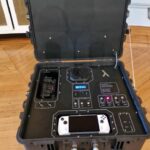
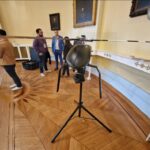
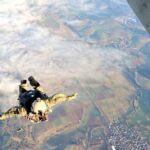




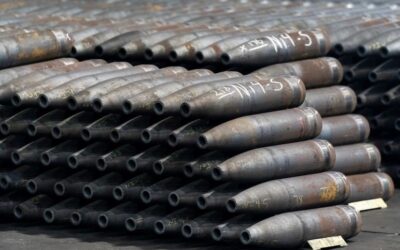
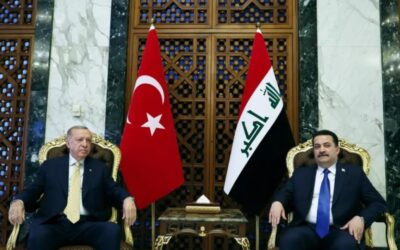
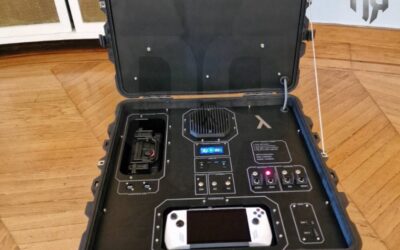
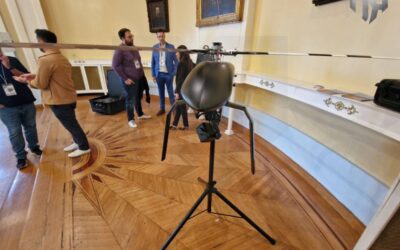


0 Comments